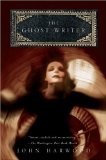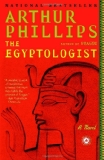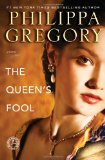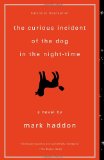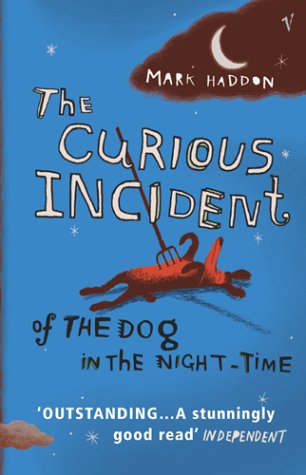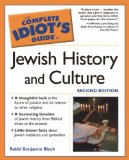 I finished The Ghost Writer by John Harwood this evening, and it’s probably one of the creepiest, most thought-provoking books I’ve ever read. The story centers around Gerard Freeman, an Australian librarian who lives with his mother — a clingy, obsessive woman afraid above all that Gerard will leave her. His only real friend is a pen-friend, Alice Jessell, an English woman with an injury which confines her to a wheelchair. Though the two have never met, they have been corresponding since they were 13 and eventually fall in love.
I finished The Ghost Writer by John Harwood this evening, and it’s probably one of the creepiest, most thought-provoking books I’ve ever read. The story centers around Gerard Freeman, an Australian librarian who lives with his mother — a clingy, obsessive woman afraid above all that Gerard will leave her. His only real friend is a pen-friend, Alice Jessell, an English woman with an injury which confines her to a wheelchair. Though the two have never met, they have been corresponding since they were 13 and eventually fall in love.
Gerard is intensely curious about his mother’s past in England at a country manor called Staplefield, where she lived with her grandmother Viola, who raised her. Gerard finds a photo of a strange woman and a Victorian ghost story written by V.H., who turns out to be Viola.
Gerard eventually makes his way to England, where he begins to unravel his mother’s past, meanwhile discovering more ghost stories written by his great-grandmother which oddly seem to intertwine with the lives of her descedants.
John Harwood does a masterful job creating suspense in the manner of Henry James’ The Turn of the Screw, to which he alludes in the name of Gerard’s penfriend — “Where, my pet, is Miss Jessel?” Viola’s Victorian ghost stories are interwoven with the plot in a rather impressive plot construction; it would have been all too easy in the hands of a less-gifted writer, for the plot to go astray when the ghost stories “interrupt” the action of the novel. As it is, they hardly seem like interruptions, and indeed, they are so good that they might stand on their own. “The Gift of Flight” was terrifying and reminded me a Twilight Zone episode I once saw called “The Living Doll.” You’ve probably seen it… “My name is Talky Tina… and I’m going to kill you.” *Shivers*
This isn’t Stephen King. This is much, much better. If you liked the Victorian creepiness of The Turn of the Screw, Great Expectations (also alluded to in The Ghost Writer), or even A.S. Byatt’s Possession, which was both very different and very similar in subject matter (which I know makes no sense), then you’ll enjoy this book. Gerard’s mother’s home in England reminded me of the house in The Others. Once you pick this book up, you may find it hard to put down. The ending is a bit confusing. I had to read it twice, and I still think what I think happened is very much open to interpretation. Then again, the best scary stories are like that.
Read more…
- Bookslut’s Review
- Readerville discussion of The Ghost Writer (spoilers!)
- Douglas E. Winter’s review in The Washington Post (a bit spoiler-y)
